COVER STORY
Our Lives, Now and Then
On the 65th birthday of AARP, we look at how much (and how little) the life of a 65-year-old has evolved since 1958


THERE ARE A WHOLE LOT MORE OF US …
In 1958, 9 percent of Americans were 65 and older; together, we totaled about 15 million. In 2023, 17 percent of Americans are 65 and older, totaling almost 55 million.
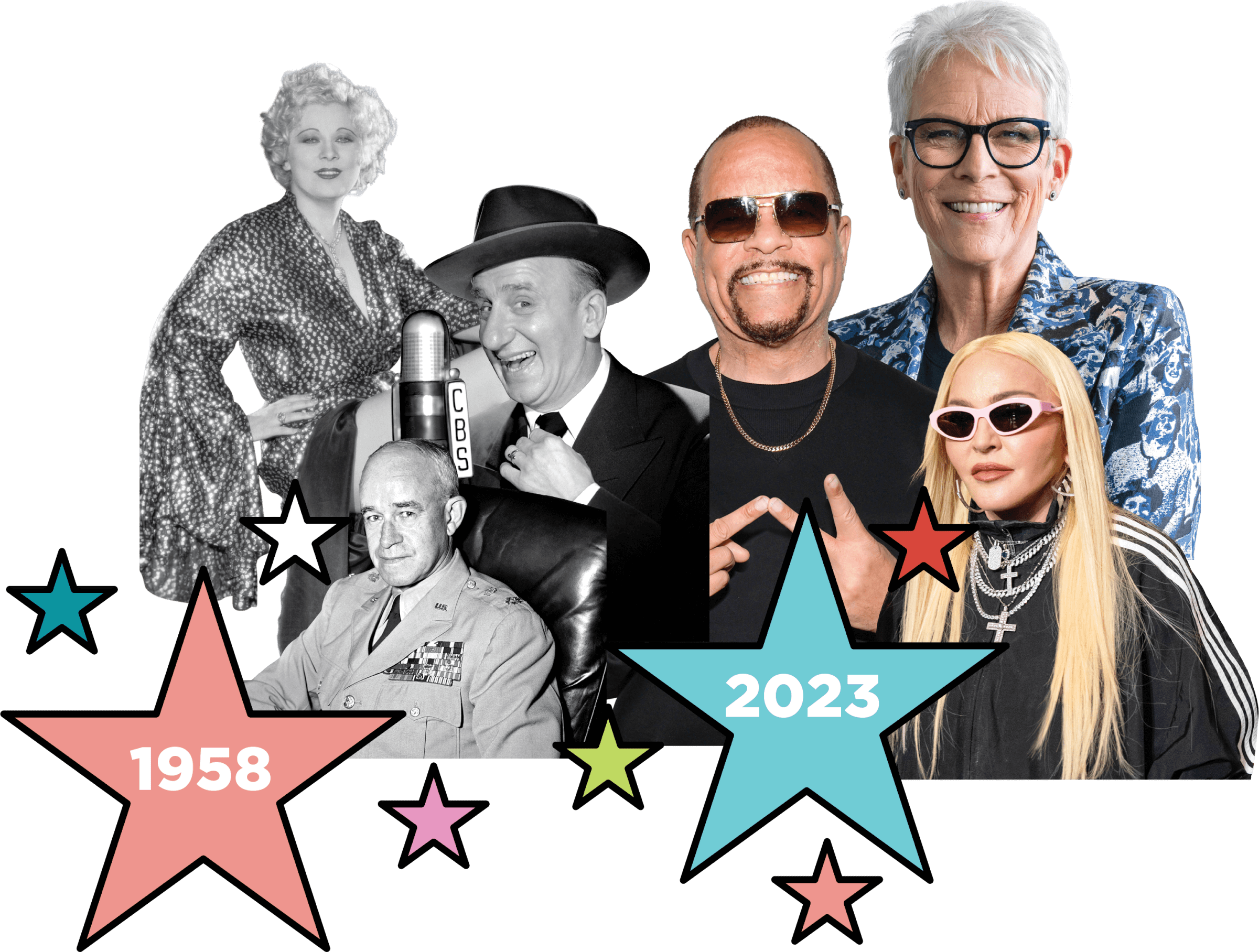
… AND WE’VE COME A LONG WAY, BABY.
Well-known people who turned 65 in 1958 included Mae West, Jimmy Durante, General Omar Bradley and Mao Zedong. Celebs turning 65 this year include Madonna, Jamie Lee Curtis and Ice-T.

WE WORK MORE TODAY...
Median income for an individual 65-plus: 1958: $966 (adjusted for inflation, $10,200 now)
2023: $27,398

... AND WHERE WE LIVE HAS EVOLVED.
States with the highest percentage of 65-plus residents:
1958: Vermont, followed by Iowa
2023: Maine, followed by Florida

WE MAY NOT BE WARRIORS LIKE WE USED TO BE …
•In 1958, about 42 percent of American men were veterans.
•About 13 percent are today.

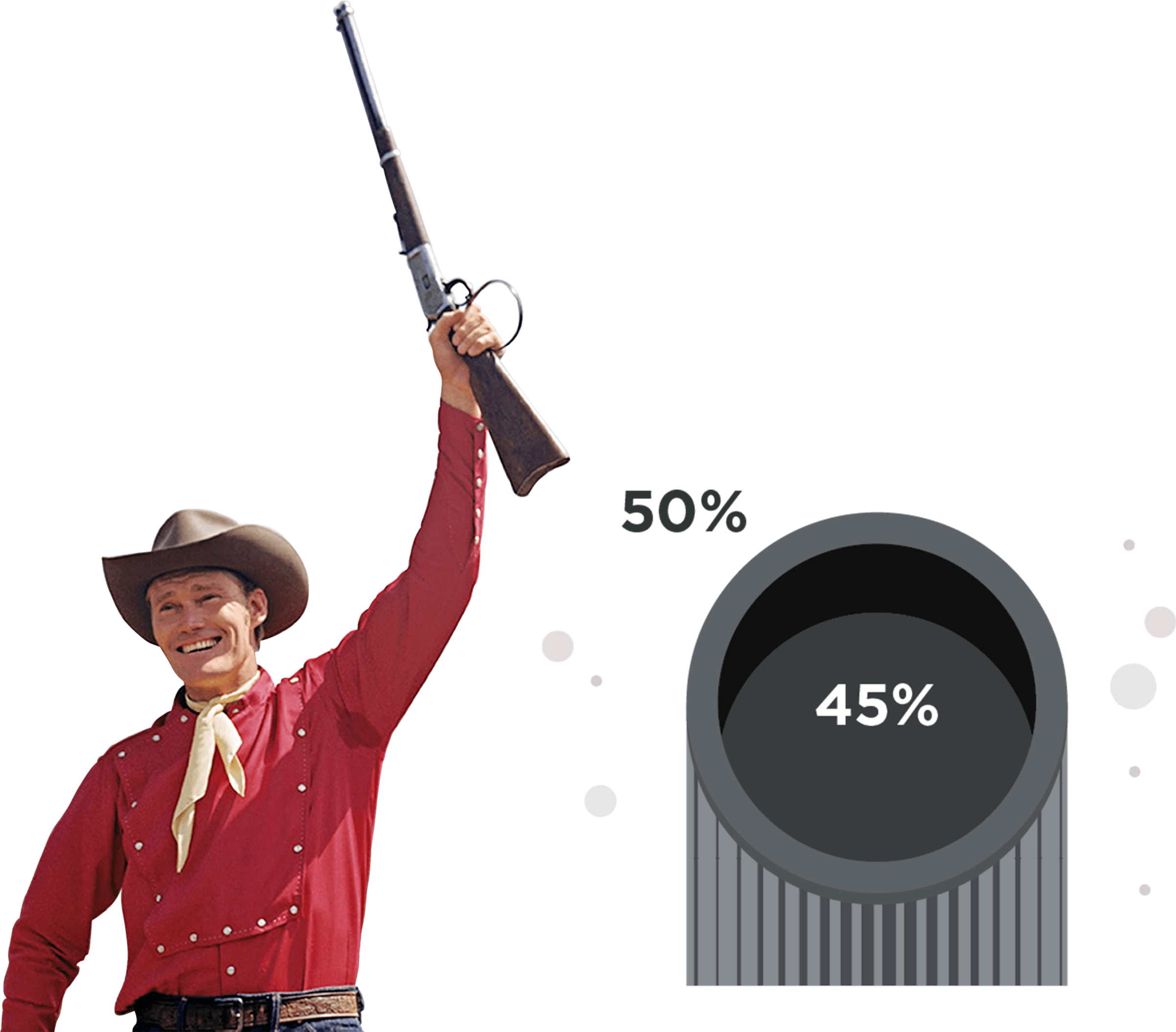
… BUT WE MIGHT THINK WE ARE.
• About half of Americans in 1958 answered “yes” to the question “Do you have a gun in your home?”
• That number has changed little: Some 45 percent answered “yes” in 2022.

WE’RE FLYING HIGH ...
• According to a 1959 report on airline traffic, 49 million passengers took to the skies the prior year.
• In 2022, airlines flew 853 million American passengers, even with pandemic-related drops in business travel and tourism.

... BUT LESS SO SPIRITUALLY ...
• In 1958, roughly 98 percent of Americans answered “yes” when asked if they believed in God, according to Gallup. By 2023, that number has fallen to 74 percent.
• Likewise, 92 percent of Americans said Christianity was their religion of choice in 1958. Today, it’s 68 percent.

... AND OUR LAWS AND ATTITUDES ABOUT PERSONAL RIGHTS HAVE CHANGED.
• In 1958, the American Psychiatric Association’s diagnostic manual listed homosexuality as a sociopathic personality disturbance, and gays and lesbians were banned from employment in the federal government. Gay marriage was banned everywhere. Today the Supreme Court has affirmed gay marriage as a basic right.
• According to a Gallup poll, just 4 percent of Americans said they “approved” of interracial marriage in 1958. The most recent numbers today (from 2021) put that approval number at 94 percent.

OUR TRUST IN GOVERNMENT HAS PLUNGED.
• In 1958, Pew held its first poll asking Americans if they “trust the government to do what is right just about always/most of the time.” 73 percent said “yes.”
• Today, that poll showed the number is at 20 percent.

WE SMOKE A LOT LESS…
1958: More than 40 percent of American adults smoked cigarettes. (Cigarette companies produced a record 442 billion smokes in 1957.)
2023: Less than 20 percent still smoke.

… BUT WE’RE DYING OF SIMILAR CAUSES.
Top causes of death, 1958:
Heart disease (39 percent of deaths)
Cancers (27 percent)
Accidents (6 percent)
Top causes of death today:
Heart disease (21 percent)
Cancers (19 percent)
Accidents (7 percent)

WE STILL DRIVE. A LOT!
1958: The average American motorist drove 9,500 miles, getting 14.2 miles per gallon. Average gas price: 31 cents per gallon ($3.27 today, adjusted for inflation)
2023: The average American drives about 11,000 miles a year, getting 25.3 mpg. Average gas price: $3.80 per gallon
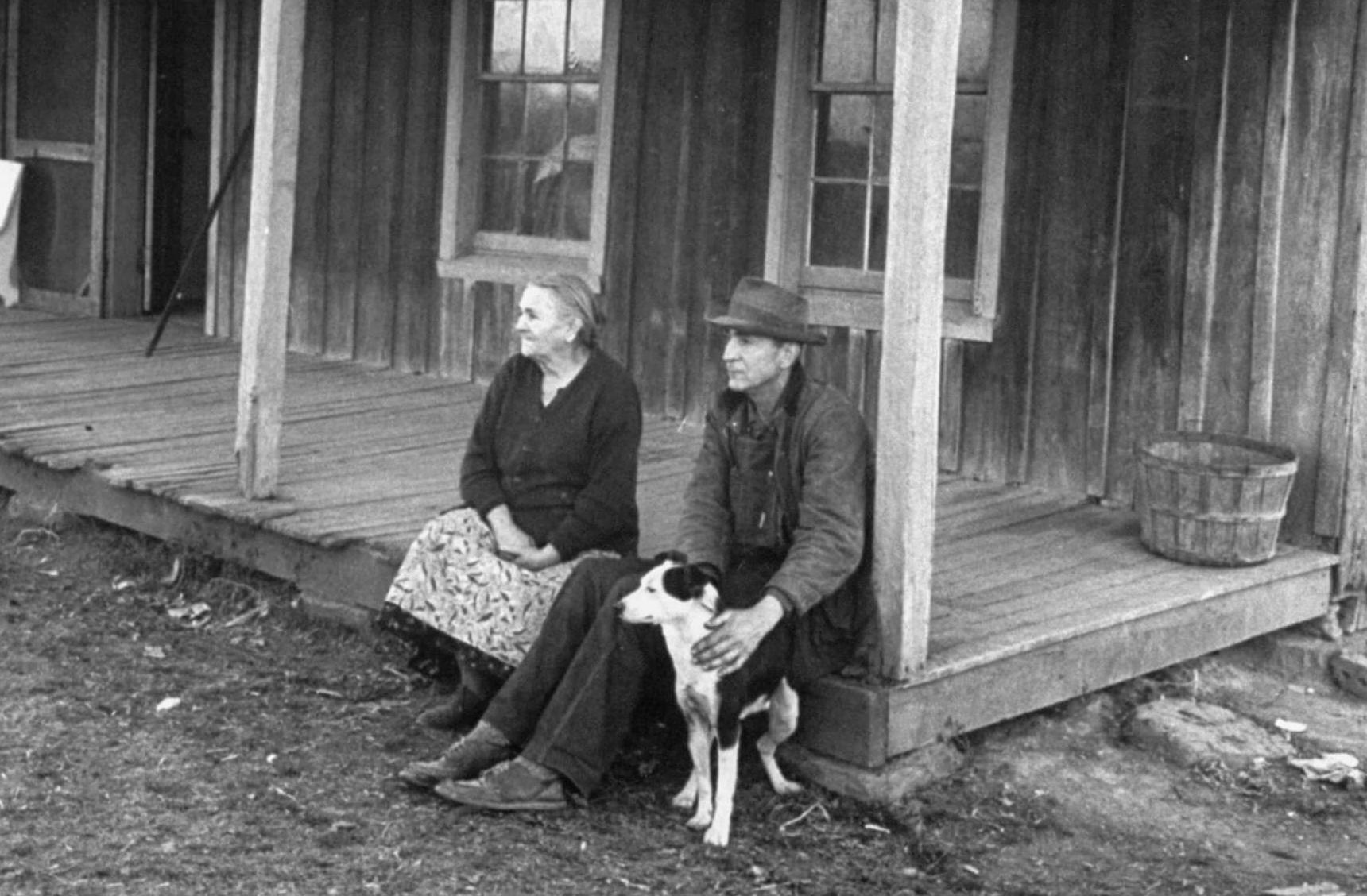
YES, WE’RE BEATING POVERTY ...
• Poverty rates have dropped from nearly 33 percent of 65-year-olds in 1958 to about 9 percent today.
… BUT NOT EVERY STATISTIC POINTS TO PROGRESS.
• Obesity rates have climbed, as have divorce rates, Alzheimer’s cases and diabetes.
• Americans 65 and over are more often living alone: 33 percent of women and 21 percent of men—the highest percentage for men since the Census Bureau first measured this data, in 1967.

BARBIE WAS ABOUT TO MAKE HER DEBUT ...
In 1958, Mattel was producing the first prototypes for a doll named Barbara Millicent Roberts (“Barbie”), which was to go on sale March 9, 1959.
... AND NOW AT MEDICARE AGE, SHE’S FINALLY A HOLLYWOOD STAR.
In 2023, the Barbie movie earned $775 million globally in its first 12 days.

WE PAID OUR SPORTS HEROES WELL ...
On February 6, 1958, Ted Williams signed a one-year contract with the Boston Red Sox for $135,000 (about $1.45 million now, adjusted for inflation), making him the highest-paid player in Major League Baseball history.
... BUT MORE THAN 50 TIMES LESS THAN TODAY:
Texas Rangers pitcher Max Scherzer, the highest-paid player in baseball, has a 2023 salary of $58.33 million.

ELVIS PRESLEY WAS THE KING OF ROCK ’N’ ROLL ...
The bestselling album in 1958: Elvis’ Golden Records
... NOW TAYLOR SWIFT IS THE QUEEN OF POP.
This year’s wildly popular “Eras” tour is likely to gross $1.4 billion

WE’VE CREATED A SPACE JAM ...
Number of satellites orbiting the Earth
1958: 6
2023: More than 11,300

… AND A GIANT AGENCY TO GUIDE OUR SPACE EFFORTS.
1958: NASA is created.
2023: NASA has more than 18,000 employees.

SPEAKING OF OUTER SPACE, MANY OF US STILL BELIEVE IN ALIENS.
1958: The U.S. Atomic Energy Commission seals off “Area 51,” northwest of Las Vegas, sparking endless conspiracies about aliens and UFOs.
2023: 56 percent of Americans age 65 and over believe that intelligent life exists in outer space, Pew Research finds.

OUR LARGEST COMPANIES HAVE CHANGED …
1958: General Motors, Jersey Standard (now Exxon Mobil), Ford Motor Company, U.S. Steel
2023: Walmart, Amazon, Exxon Mobil, Apple

… AND SO HAS OUR PREFERRED PASTIME.
1958: Baseball was America’s favorite sport to watch, according to Gallup. Biggest story that year: After 74 seasons in Brooklyn, the Dodgers take the field in L.A.!
2023: Football is America’s favorite sport to watch, according to Gallup. Biggest story this year: Tom Brady retires. Wait, no he doesn’t! Wait, yes he does!

WE WERE IN THE MIDST OF A HEALTH TECHNOLOGY BOOM THEN …
New medical technology developed in the 1950s: heart pacemakers, artificial heart valves, the polio vaccine, advances in chemotherapy.
… AND WE ARE AGAIN.
New technology of recent years: genome mapping, artificial intelligence to predict heart attacks and strokes, advances in telemedicine, robotic surgeries and endless pharmacology.

WE SPENT A LOT LESS OF OUR INCOME ON PRESCRIPTION DRUGS IN 1958 ...
The annual Rx expenditure per person per year in 1958 averaged $9.93 ($105 today) that’s the total, not the copay. Today that figure is $1,567.

… AND THAT WAS TRUE OF HEALTH CARE OVERALL.
National health expenditures as a percent of GDP were 5.1 percent in 1958. Today, the number is 18.3 percent.

WE PAY MORE FOR OUR HOMES.
The median price of a home in June 1958: $19,214 ($202,850 now, adjusted for inflation)
In June 2023: $410,000
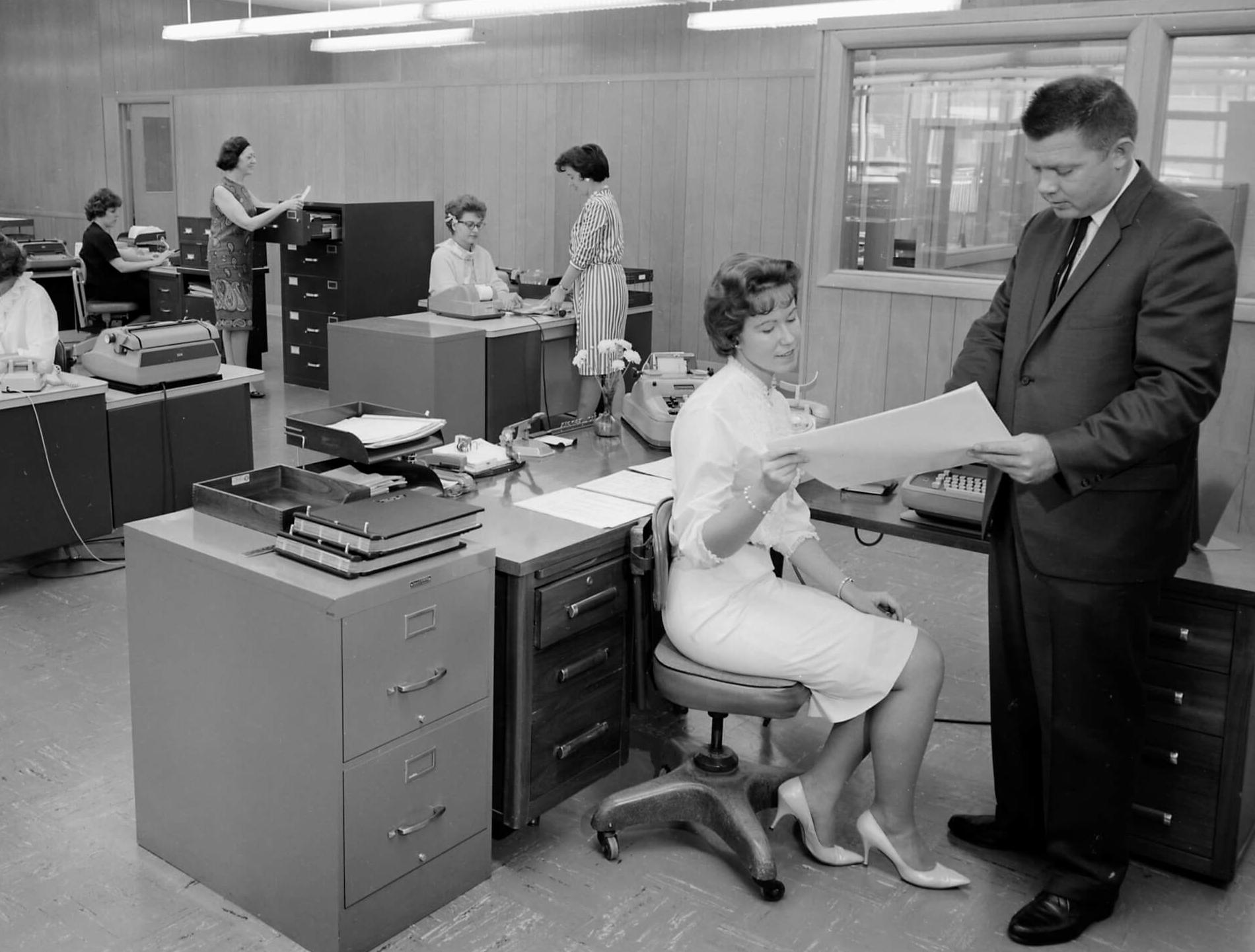
MORE WOMEN ARE WORKING.
33 percent of the employed workforce in 1958 were women. 4 percent of them were 65-plus.
Today, 47 percent of the labor force is made up of women, with 6 percent of them 65 and over.

OUR LIVES WERE BEING CHANGED BY NEW TECHNOLOGY IN 1958 …
• Modern conveniences like refrigerators and air conditioners were newly arriving.
• 58.6 percent of individuals in the U.S. had a telephone in their home, according to Census figures.
• Roughly 75 percent of American households contained a small black-and-white TV.

… JUST LIKE TODAY.
• 61 percent of Americans 65 and over own a smartphone.
• 44 percent own a tablet computer.
• 45 percent use social media.

CASH OR CREDIT?
• 1958: Bank of America and American Express launched the first credit cards (both made of paper).
• 2023: Americans have more than $1 trillion in credit card and other revolving debt. Those 65 and over owe an average of $4,700.

AMERICANS WERE NEWS ADDICTED ...
• In 1958, daily print newspapers collectively had a circulation of 57 million, and Americans consumed an incredible 6,778,000 tons of newsprint that year.

… AND WE STILL ARE!
• Today, about 8 in 10 Americans read news from a digital device.
• Even so, 68 percent of Americans 65 and over get the majority of their news from TV, according to Pew Research.
• A quarter still get much of their news from print publications.

WE KEEP HAVING PANDEMICS, WHICH DISPROPORTIONATELY HURT OLDER AMERICANS:
• 1957-58: The “Asian flu” pandemic caused 116,000 deaths in the U.S.
• 2023: COVID-19 has claimed nearly 1.2 million lives since 2020.
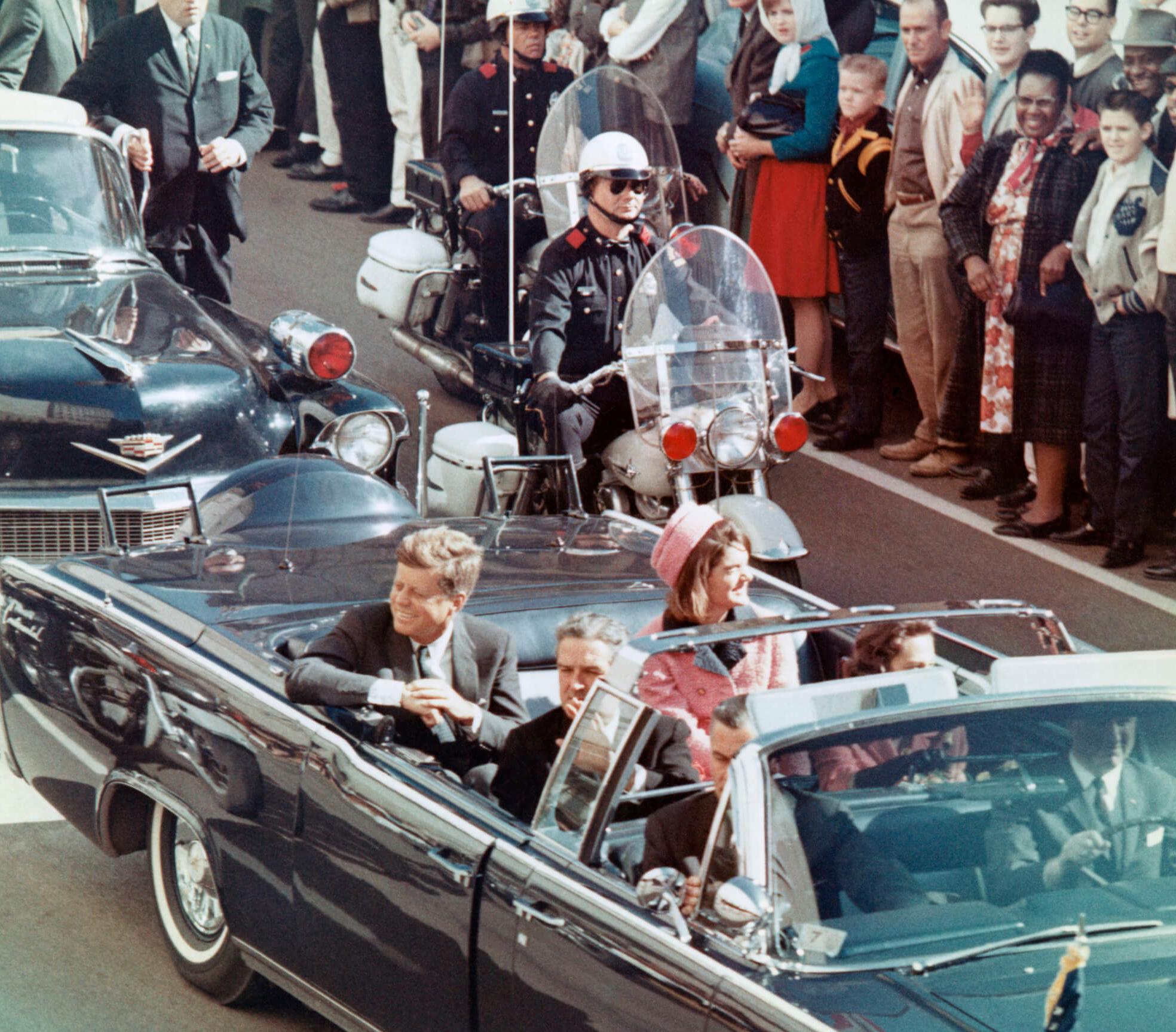
WE’VE ALL SEEN A LOT OF HELL.
65-year-olds in America in 1958 had lived through World War I, the 1918-19 flu pandemic, the Great Depression, World War II and the Korean War. 65-year-olds today have lived through the Cuban Missile Crisis, the Kennedy assassinations, the Vietnam War, the race riots of the 1960s, 9/11 and the COVID-19 pandemic.
BUT WE’RE OK.
Today, Americans seem to get happier as they get older. According to a recent Brookings Institution study, the older we get after 50, the more likely we are to believe we are living our “best possible life.”